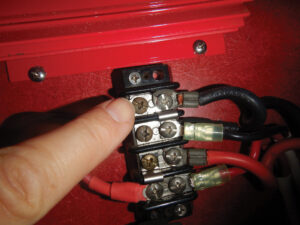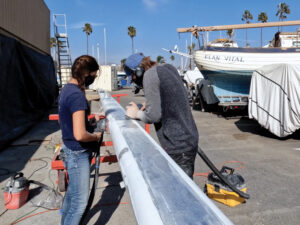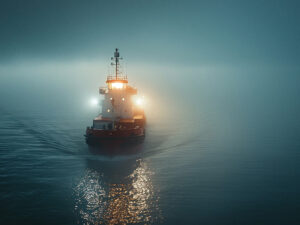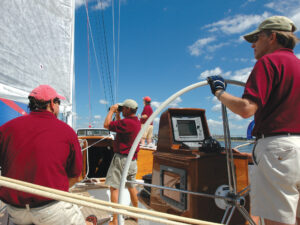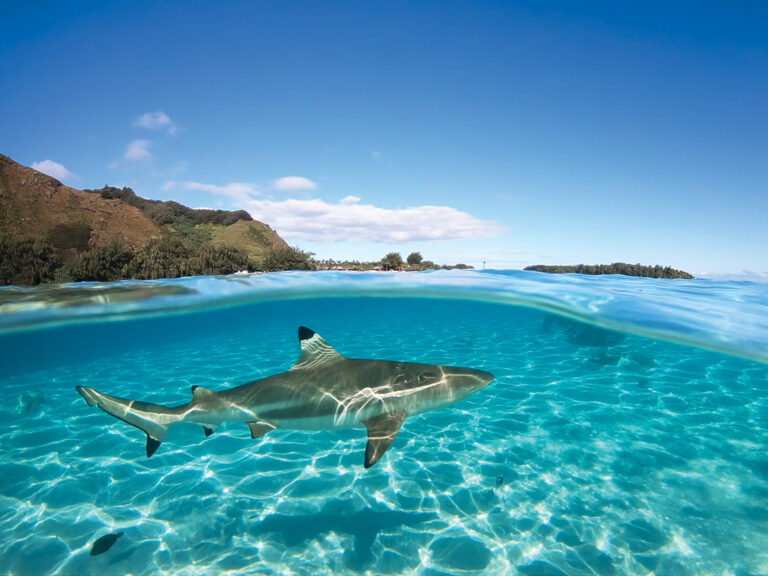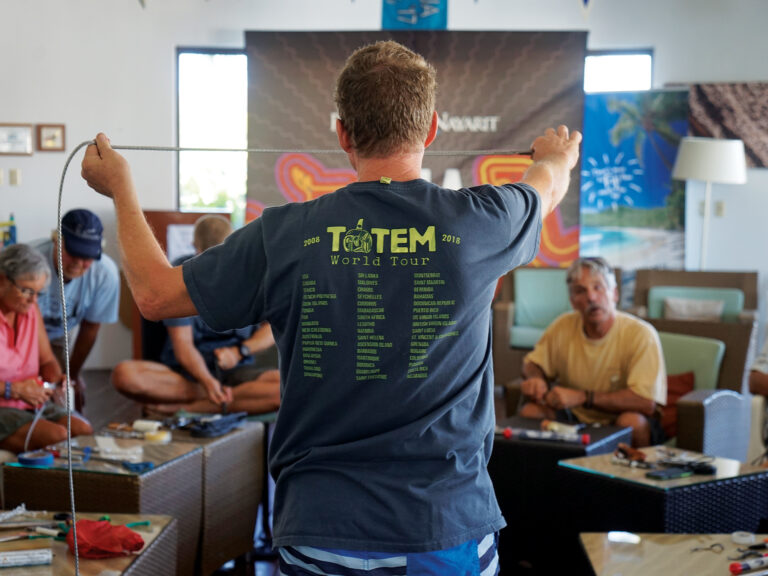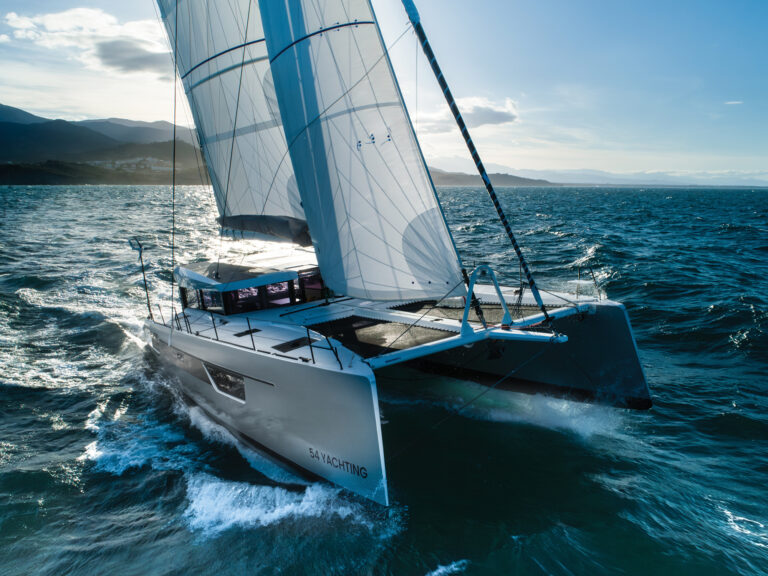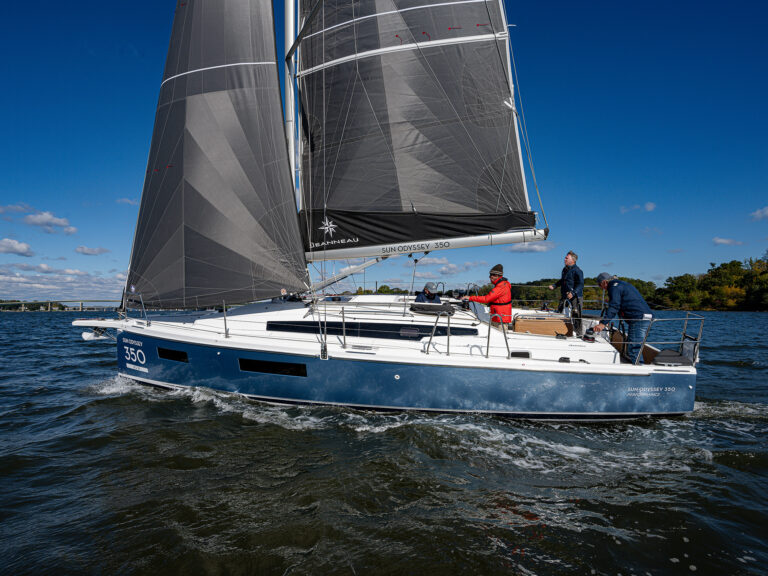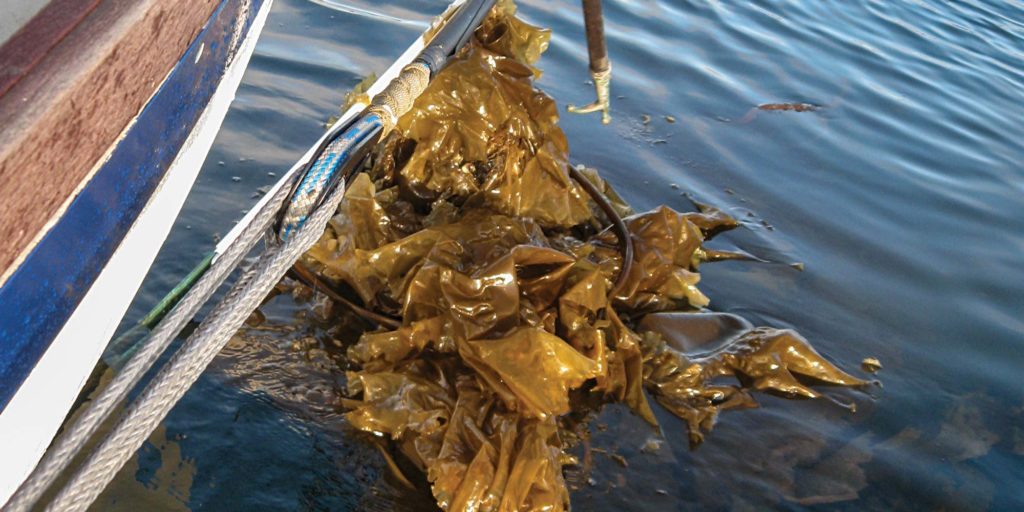
When sailors get together, they like to talk. And one of the topics closest to most cruisers’ hearts — the one that seems to get most worn out in discussion, whether in person under a shady beach palapa or remotely on internet forums — revolves around ground tackle. “Which anchor is best?” takes center stage, while the ancillary issues of weight, whether chain or nylon rode, or both, and how to snub it all fill in whatever gaps there might be in the conversation. I’ve learned, with time, to leave those discussions alone. They often get inexplicably heated, and can even degenerate to name-calling.
What I really want to talk about is what the bottom is like. After anchoring in hundreds of different harbors, on all sorts of bottoms, I can unequivocally say: My favorite anchor is one that’s sunk deeply into gooey, sticky mud.
Now there are all sorts of muds, mind you, but they have in common that they’re usually pretty good holding. The best of all is when I can feel the sounding lead squish as it hits the bottom and it takes a hefty tug to break it free. That tells me I can just kick the anchor over with up to 3-to-1 scope, usually less, and rest easy until it’s time to heave it up again. When the lead stops instead with an abrupt thunk, I try to find a different place because no matter what anchor you use in rocks, you’re in danger not only of fouling it but of having to listen to the chain crunching horribly against the bottom all night.
There’s something to be said for cruising in crystal-clear water over a white sandy bottom. It’s gorgeous and romantic beyond description. But several years of nights in the Caribbean spent wondering whether that coral sand was sufficiently good holding as tropical squalls crashed and whistled overhead jaded me to that idyll. Now I appreciate more the water that’s greenish-brown or even a little yellow, where even if you could see the bottom, there’d be nothing there to see. So what if it’s less pleasant to swim in? It’s certainly more restful when the tempest descends, which matters a whole lot more.
We cruised in Newfoundland, Canada, most recently, where even though the water is usually as clear as in the Caribbean, there’s no chance of diving on the anchor because of the cold. But with the way the wind funnels down the fjords, changing direction every couple of gusts and fluctuating just as wildly in velocity, it’s critical to have the anchor well set. So, we’ve sailed without stopping right out of harbors where the bottom was all clearly visible: sandy patches, with darker lumps of rocks and yellow masses of giant kelp, choosing to carry on to the next inlet where the water looked the same whether in 6 fathoms or 2. If I had to spend some extra time drawing up buckets of water to wash mud off the chain as it came up, I didn’t mind as much as I used to — it’s a small price to pay for knowing the hook had no chance of dragging.
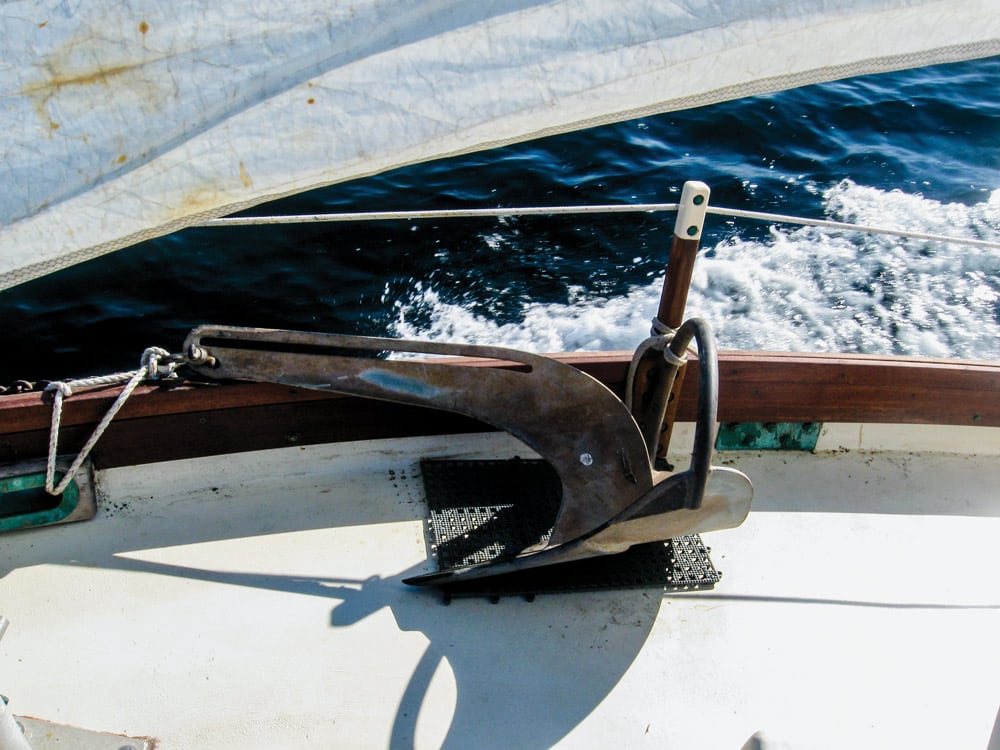
It’s muddy bottoms, too, that yield up the most interesting catches. Once it was an intact clam stuck in the tines; often it’s a T-shirt, or the remains of an ancient crab or lobster pot. Sometimes it’s just the most colorful and awful smell. The only prize I’ve dredged up in a nonmuddy harbor was a 50-pound ball of kelp that had to be untangled with the boat hook, and probably did nothing to add to the anchor’s holding power.
The design of our anchor precludes stowing it on the roller, so I have to reach over the side and pull it up on deck to lash it securely while underway. That means, of course, that whatever mud hasn’t washed off yet winds up on the topsides, usually running down along the side deck to make the lines nice and gray before carrying on to the scuppers and leaving streaks on the hull. Often, little dried chunks of it will fall or be picked off by the children and end up in strange and startling places. Still, the little billets of mud are a reminder of how great the holding was wherever we anchored last, and if I can find some more of that to anchor in, it’ll be worth a couple of smudges here and there.
The only mud the Zartmans are finding at present is in the garden, which the children track into their house in Rhode Island while they scheme about getting to sea again. Follow their adventures in their blog: zartmancruising.com.

